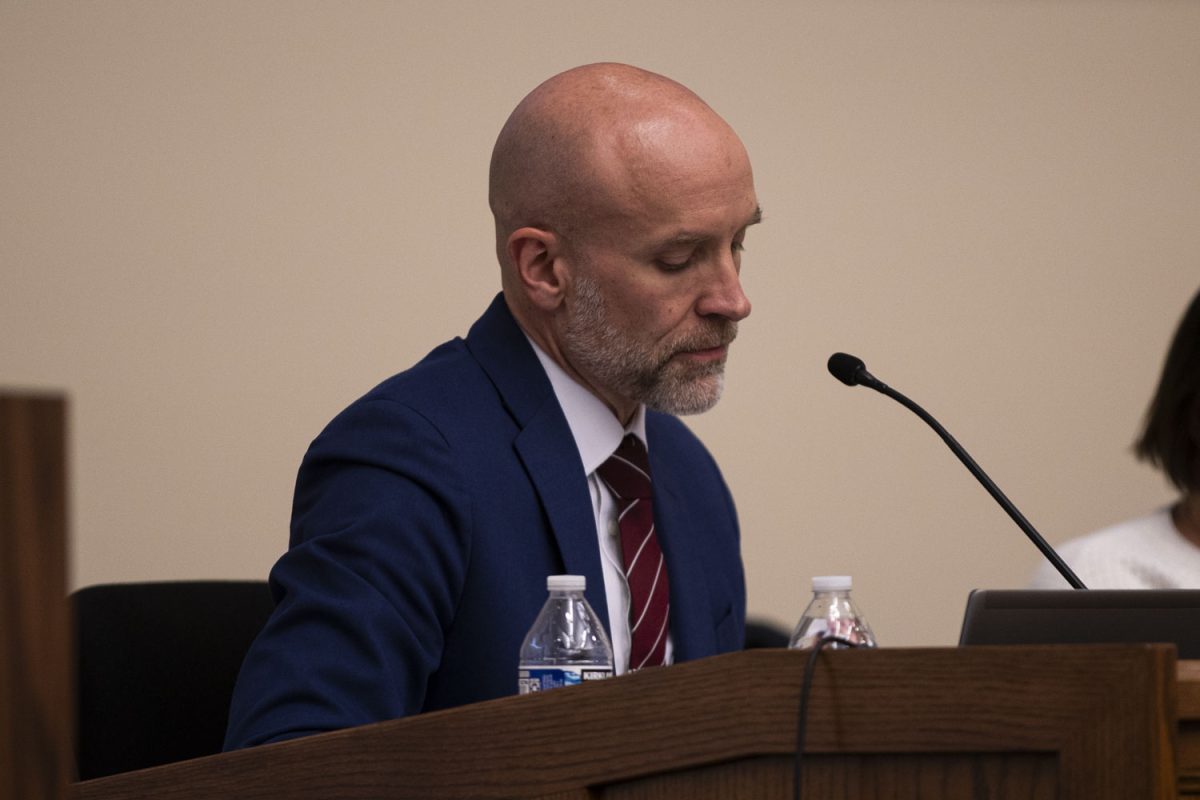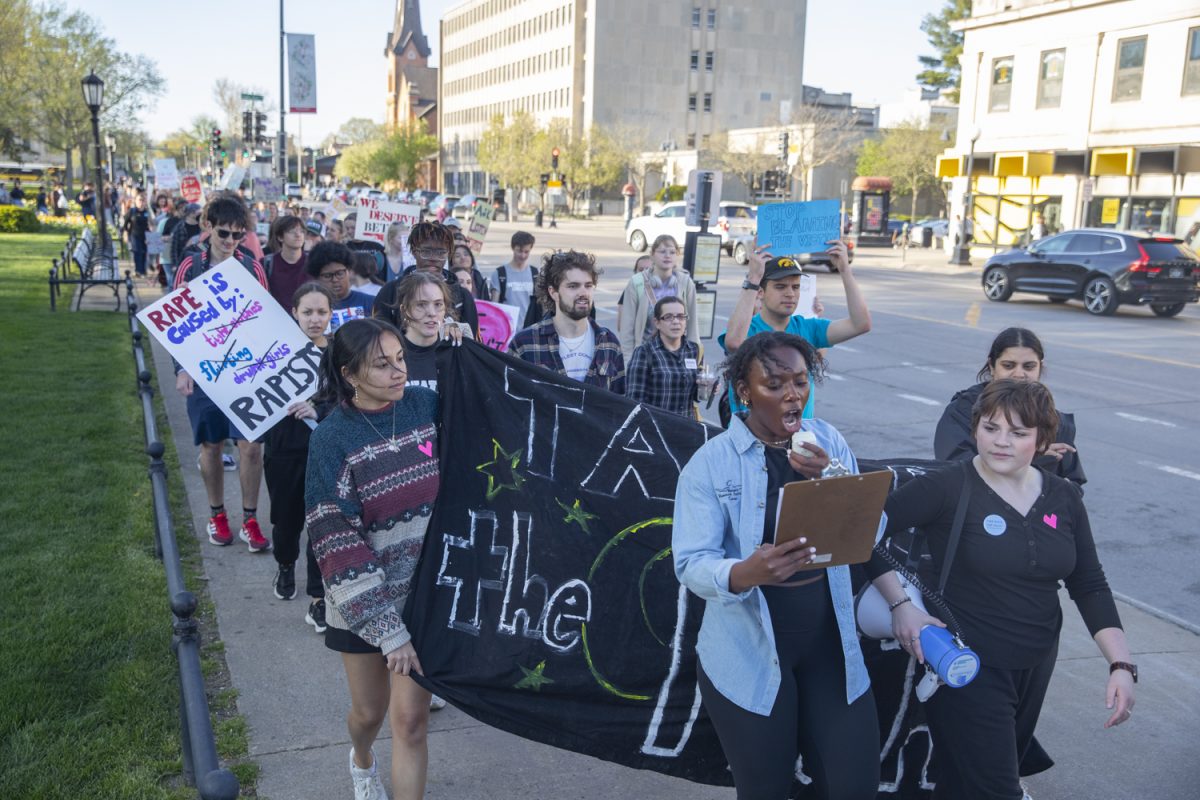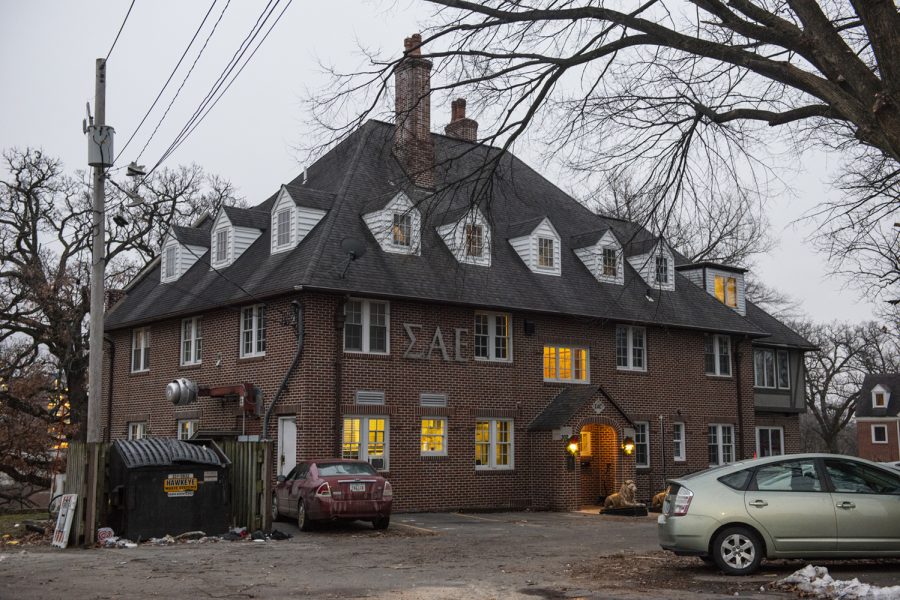One local start-up has pressed into new territory.
In November 2013, then-University of Iowa seniors Jake Gratzon and Matthew Mesaros came up with an idea for a food company that used the state’s second-largest cash crop — soybeans — to make local, organic, and genetically modified organism-free tofu.
Now, a year and a half later, they have joined with third partner and Iowa City resident Ethan Brown to create Old Capitol Food Co.
“In a lot of ways, Iowa City is the perfect place for three guys like us to get together and decide to start a company,” Gratzon said. “I just don’t think that would happen in a less creative, less supportive, less community-centered place.”
With production estimated to be a month away, the three are quite literally hammering out the details as they work to finish building their new facility, located at Dolphin Drive Southeast.
When it comes to the entrepreneurship economy, local experts say Iowa City is well past starting up.
“I’d say [the start up community is] certainly growing, and is beyond emerging,” said Lynn Allendorf, the director of the Bedell Entrepreneurship Learning Lab. “I think we have a thriving start-up scene here in the entire corridor.”
This, she said, is due in part to work from the UI and Iowa City, as well as other local organizations, such as the Iowa City Area Development Group.
Group President Mark Nolte shares the belief.
“Both the university and the community have embraced the role having a strong start-up ecosystem plays in engaging young people and attracting talent to the area,” he said. “This is not lip service; they’re putting real effort and assets in play to help support both student and faculty entrepreneurs.”
The Bedell Lab was one of the first in the country when it opened 10 years ago, Allendorf said. With new spaces such as the Iowa Start-Up Accelerator and the Thinc Innovation and Collaboration Lab, Nolte said, there are more spaces than ever for entrepreneurs to connect, share ideas, and learn.
City Economic Development Administrator Jeff Davidson said while the partnerships between the different entities is loose, the city has been strengthening them with such projects as the Riverfront Crossings District, as well as the Coralville and Iowa City CoLabs.
Traditionally, Davidson said, city officials were most concerned about attracting large companies such as Procter & Gamble, but said the city “radically changed” the way it attracts businesses five years ago.
Now, instead of trying to bring in outside employers, Davidson said there are two reasons the city is focused on working with the people who are already here.
“It creates jobs, and people who live in Iowa City have residences and kids in the school system,” he said. “The second thing is if [the businesses] grow enough, they can produce brick and mortar businesses, which produce a property-tax base, which allows us to provide city services such as parks and police and fire.”
Allendorf said, the start-up economy hasn’t only been emerging in Iowa City, it has been growing nationwide for the past 10 to 15 years.
Before Gratzon and Mesaros started their company, they participated in the UI’s Business Model Competition as well as summer Venture School, where they were awarded $3,500 and $3,000, respectively; opportunities, Gratzon said, provided them with access to mentors and helped them connect with people.
“The university is the most extraordinary advantage that any place in this country can have,” Davidson said. “There are 50 or 55 major research universities in the country, and we have two of them in Iowa.”
The main start-ups created in Iowa City have to do with education or medicine technology, Nolte said; however, food start-ups are fairly common as well.
Almost 100 percent of tofu consists of soybeans, with the only other ingredients being water and salts, such as magnesium chloride or calcium sulfate.
Therefore, using local, high-quality soybeans and reverse osmosis water, the main draw of their product, Gratzon said, will be its local source and quality.
“We really want to find what people are looking for and produce it for them in a way it can be a part of their community and not just be something they buy at the grocery store,” he said.






